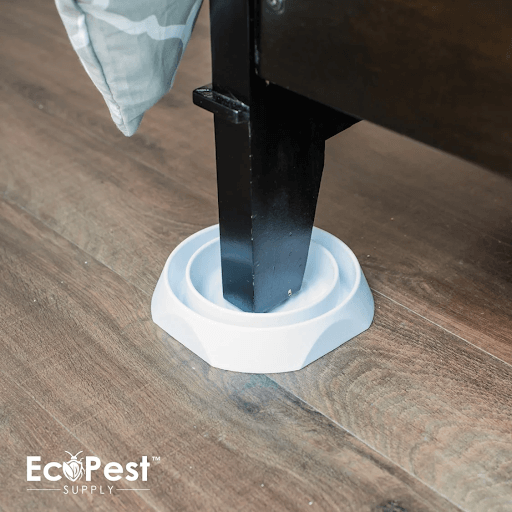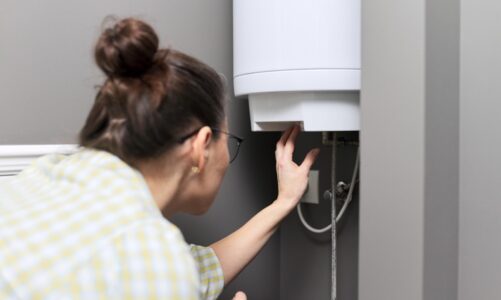Contents
Bed bugs are persistent pests that can infest homes, hotels, and other living spaces, causing discomfort and distress. Detecting the presence of bed bugs early on is crucial for effective control and prevention. Bed bug monitor traps are essential tools that can help in identifying and monitoring these elusive insects.
However, with a wide variety of options available in the market, choosing the best bed bug monitor trap can be a daunting task. In this article, we will discuss the factors to consider when selecting the most suitable bed bug monitor traps for your needs.
Trap Design and Construction
The design and construction of a bed bug monitor trap play a crucial role in its effectiveness. Look for traps that are specifically designed for bed bugs, as they will have features that cater to the insects’ behavior and habits. A well-designed trap should have the following attributes:
- Climb-up design: Bed bugs are excellent climbers, and they often infest beds and furniture. A trap with a climb-up design featuring vertical walls or barriers can prevent bed bugs from escaping once they enter the trap.
- Pitfall design: Some traps use a pitfall design, where bed bugs fall into a container and cannot climb out. This design is effective for trapping bed bugs and preventing their escape.
- Durable construction: Choose traps made from durable materials that can withstand regular use and potential impacts. High-quality plastics or metals are commonly used for trap construction.
Attractants and Lure Types
Bed bug monitor traps employ different attractants and lures to entice bed bugs into the trap. These substances mimic the chemical signals bed bugs use to locate their hosts. Consider the following factors related to attractants and lures:
- Chemical attractants: Some traps use synthetic chemical attractants to lure bed bugs. These attractants emit a scent similar to that of a sleeping human, drawing the bugs toward the trap. Look for traps that use proven attractants, such as carbon dioxide or kairomones.
- Heat and CO2 emitters: Bed bugs are attracted to heat and carbon dioxide, which indicate the presence of a potential host. Traps equipped with heat or carbon dioxide emitters can enhance their attractiveness and increase the chances of capturing bed bugs.
- Non-chemical attractants: If you prefer a chemical-free option, consider traps that use non-chemical attractants, such as passive monitors that rely on physical cues like rough surfaces or crevices to entice bed bugs.
Ease of Use and Maintenance
To ensure effective bed bug monitoring, choose traps that are easy to use and maintain. Consider the following aspects:
- Installation and placement: Look for traps that are simple to install and can be placed in strategic locations where bed bugs are likely to hide or traverse, such as along baseboards, near beds, or beneath the furniture.
- Visual inspection: Opt for traps that allow easy visual inspection of trapped bed bugs. Transparent or translucent traps enable you to monitor and count the captured insects without disturbing them.
- Maintenance requirements: Consider the trap’s maintenance needs, such as cleaning, replacing attractants, or replenishing consumables. Choose traps that require minimal effort and offer long-lasting performance.
Trap Size and Quantity
The size and quantity of traps needed depend on the size of the infested area and the severity of the bed bug problem. Consider the following factors:
- Coverage area: Determine the number of traps required based on the square footage of the infested space. Place traps strategically to maximize coverage and increase the chances of capturing bed bugs.
- Compactness: If you have limited space or need to travel with the traps, consider compact options that are easy to transport and store.
- Multipacks: Some traps are sold in multipacks, providing a cost-effective solution for larger infestations or multiple rooms. Evaluate the quantity and cost per trap to make an informed decision.
Cost-effectiveness and Value for Money:
When choosing bed bug monitor traps, it’s important to consider their cost-effectiveness and value for money. Take into account the following factors:
- Initial cost: Compare the prices of different traps and consider whether the cost aligns with your budget. Keep in mind that more expensive traps may offer additional features or higher-quality construction, but that doesn’t necessarily mean they are the most cost-effective option.
- Longevity: Evaluate the durability and lifespan of the traps. Look for traps that are built to last and can withstand regular use without losing their effectiveness. Consider the materials used and read user reviews to assess the longevity of the traps.
- Effectiveness: Consider the trapping efficiency of the traps. While cost is important, it’s equally crucial to choose traps that are effective in capturing and monitoring bed bugs. A cheaper trap that fails to effectively trap bed bugs may end up costing more in the long run, as the infestation can worsen.
User Reviews and Reputation
Before making a final decision, read user reviews and consider the reputation of the trap manufacturer. Look for traps that have positive feedback regarding their effectiveness and durability. Additionally, check if the manufacturer provides clear instructions, customer support, and any warranty or guarantee.
Conclusion
Choosing the best bed bug monitor traps requires careful consideration of various factors, including trap design, attractants, and lures, ease of use and maintenance, trap size and quantity, as well as user reviews and reputation. By evaluating these aspects, you can select the most suitable traps to detect, monitor, and control bed bug infestations effectively. Early detection is key to preventing these pests from spreading and causing a further nuisance, allowing you to take timely measures for effective bed bug management.


